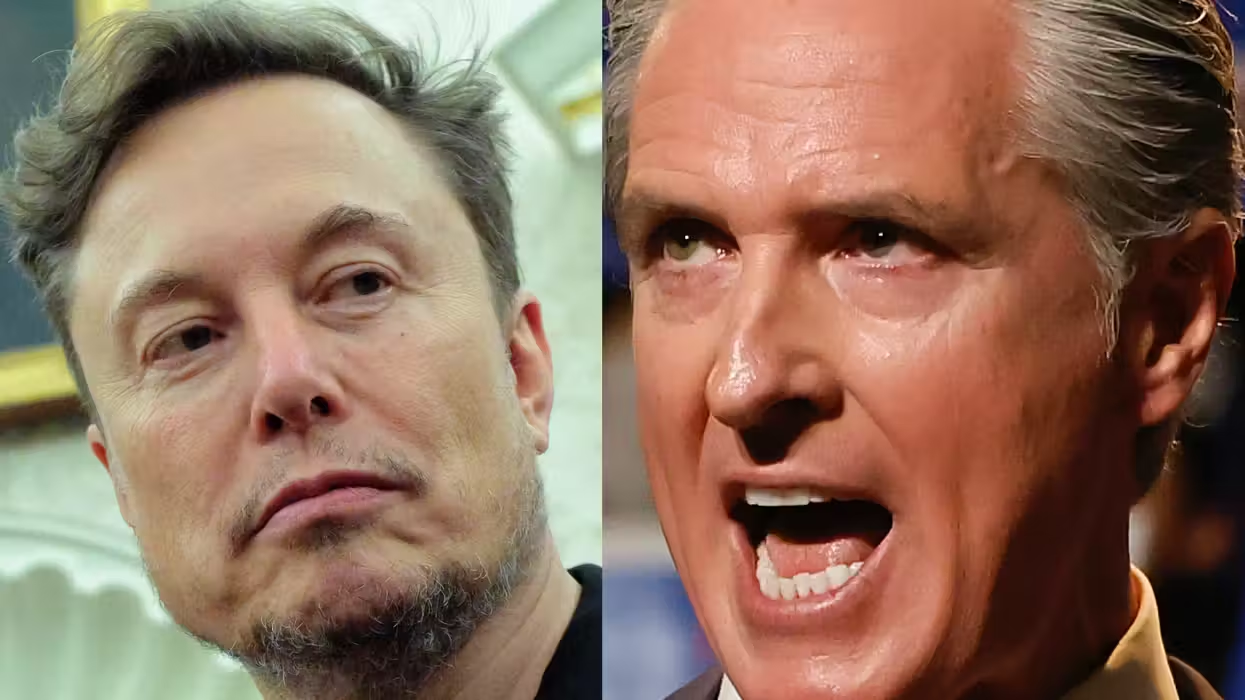
© 2025 Blaze Media LLC. All rights reserved.
Trust me, I understand. This is no way to introduce yourself to The Blaze audience, but … I have to do it…because it’s true. Paul Krugman is right.
That is not a sentence I make a habit of repeating. But when Krugman says it doesn’t matter whether the ratings agencies (S&P, Moody’s, Fitch) downgrade American debt from AAA to AA … he’s right. That’s not a political thing, a partisan thing, a left-right thing, it’s just an economic reality. Let me explain.
First thing first. Let’s not pretend that S&P, Moody’s and Fitch are pillars of wisdom and foresight with a stellar record of accuracy. In fact, in the clutch they’re less Dirk Nowitzki and more LeBron James. From 2002-2007 the ratings agencies slapped AAA ratings on subprime and Alt-A securitized loans that amounted to crap and almost sunk the economy.
Secondly, the opinion of the ratings agencies are just that…opinions. As David Wessell said in the WSJ, the ratings agencies’ opinion is akin to a sports columnist writing about the World Series. “Entertaining, but what really matters is what's happening on the field.” And “what happens on the field” in financial markets means: how investors treat US Treasuries.
The repeated-as-unthinking-gospel line in the media is that a downgrade of US debt from AAA to AA will automatically trigger higher interest rates. And those higher interest rates will trickle down, ultimately landing on your mortgage, car loan, and credit card rates. Intuitively, that makes sense. If US debt is more risky (as a downgrade suggests) then investors will require higher interest rates. But will they?
In 2001 S&P downgraded Japan from AAA to AA+. And what happened? Interest rates went down. Today Australia (AAA) is paying 4.9% on its 10-year government debt, while Japan (AA) is paying 1.1%. There’s no sure-thing link between a debt downgrade and higher interest rates.
Now let’s look at the US. The United States has a $14.6 trillion dollar economy. That’s more than the next three largest economies in the world (China, Japan, Germany) put together. In 200 plus years the US has never defaulted on its debt. Do you think ten years of Chinese growth or 50 years of German stability are safer than one of the wealthiest, most innovative, and least taxed countries on Earth?
The ratings agencies could call US debt “C” and it would remain the standard for risk-free investment in the world. Honestly, where are investors going to go for a safer bet? AAA Australia? AAA Canada? Please.
Now listen, I’m not saying the US doesn’t have long-term debt and deficit problems. We do. We have trillions in unfunded liabilities stemming from Medicare and Social Security. Lenders will eventually care about that. This also isn’t an argument supporting those who said we didn’t need to raise the debt ceiling. We had to. And … this isn’t an argument to excuse the US government for growing far beyond it’s constitutional boundaries. Which it has.
Rather, this is an argument to say that those are the real problems. It’s not a problem that some ratings company that thought subprime mortgages were solid gold now thinks the US is as risky as Kuwait. And on that, Paul Krugman is right.
Want to leave a tip?
We answer to you. Help keep our content free of advertisers and big tech censorship by leaving a tip today.
Want to join the conversation?
Already a subscriber?
more stories
Sign up for the Blaze newsletter
By signing up, you agree to our Privacy Policy and Terms of Use, and agree to receive content that may sometimes include advertisements. You may opt out at any time.
Related Content
© 2025 Blaze Media LLC. All rights reserved.
Get the stories that matter most delivered directly to your inbox.
By signing up, you agree to our Privacy Policy and Terms of Use, and agree to receive content that may sometimes include advertisements. You may opt out at any time.






